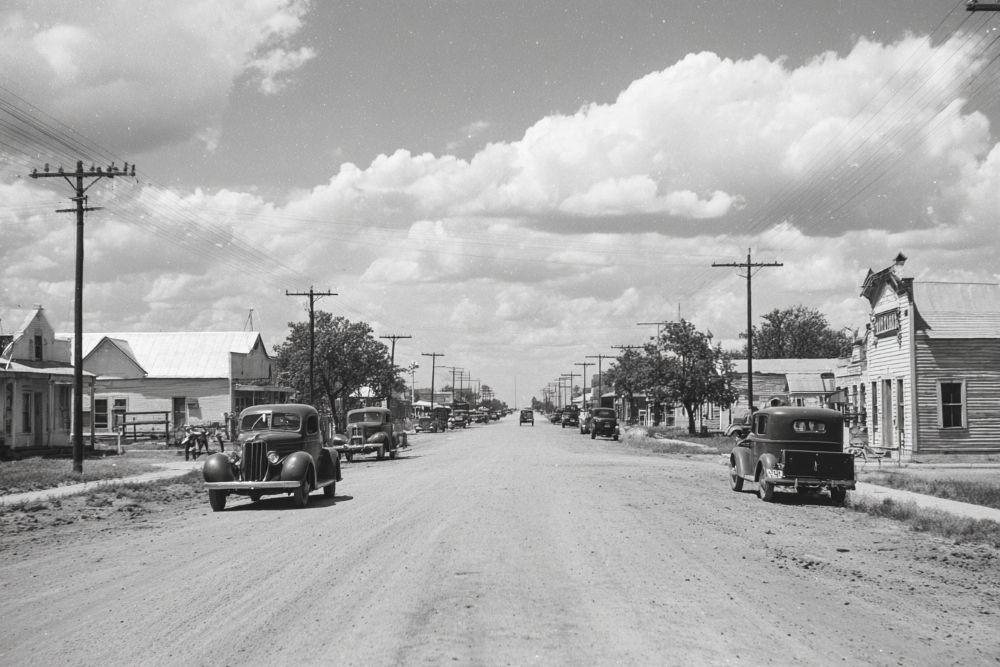
City of Hillsboro. In 1853, the Texas Legislature carved Hill County out of Navarro County. Named for physician and Republic of Texas Secretary of War Dr. George Washington Hill, the new county had only recently attracted Anglo settlement, following the establishment in 1848 of Fort Graham. County commissioners selected Hillsboro, originally spelled Hillsborough, as county seat. They established the town on land donated by Thomas Steiner, John Caruthers and Jonathan Newby, and the community soon had a school and post office, as well as a wood-frame courthouse. Cotton became the mainstay of Hillsboro’s late 19th-century economy. The city experienced rapid growth after the Missouri, Kansas & Texas Railroad and other lines came to the town in the early 1880s. In addition to bringing new settlers and giving access to shipping and transportation, railroads provided many new jobs. The city continued to grow and incorporated in 1881. The cotton industry produced a building boom between 1890 and 1910, as evidenced by the numerous Queen Anne homes still intact today, as well as the noted 1890 Hill County Courthouse. In 1923, the community established the Hillsboro Junior College, which over the years has become Hill College. Many Texas political leaders have come from Hillsboro, including U.S. Congressman Joseph Abbott and Texas Lt. Governor Bob Bullock, as well as Thomas Slater Smith, Robert Lee Bobbitt, Robert W. Calvert, Crawford C. Martin, Nelson Phillips and Sam Johnson. In 1981, Hillsboro became one of the Texas Historical Commission’s five original Texas Main Street Cities. The growing city continues to provide leadership, as well as natural, cultural and educational resources. Historical Marker Text, 2004. Located at 118 S Waco St.
Hillsboro, TX 32° 0′ 39.5604″ N, 97° 7′ 48.0216″ W
See map: Google Maps, Yahoo! Maps, MapQuest





























